Pierre Markuse, a satellite imagery processing guru, has documented some of the blazes attacking the forests and peatlands of the Arctic. The imagery reveals the delicate landscapes with braided rivers, towering mountains, and vast swaths of forest, all under a thick blanket of smoke.
In Alaska, those images show some of the damage wrought by wildfires that have burned more than 1.6 million acres of land this year. Huge fires have sent smoke streaming cities earlier this month, riding on the back of Anchorage's first 90 degree day ever recorded. The image below show some of the more remote fires in Alaska as well as the Swan Lake Fire, which was responsible for the smoke swallowing Anchorage in late June and earlier this month.
Intense hot conditions have also fanned flames in Siberia. The remote nature of many of the fires there means they're burning out of control, often, through swaths of peatland that's normally frozen or soggy. But as Thomas Smith, a fire expert at London School of Economics, noted on Twitter, there are ample signs the peat dried out due to the heat and is ablaze. That's worrisome since peat is rich in carbon, and fires can release it into the atmosphere as carbon dioxide. Peat fires can also burn underground into the winter and reignite in spring.
Comment: It's critical to remember that these fires aren't simply a consequence of one extreme heatwave. A compounding factor is unusually prolonged periods of drought that are a result of the changing patterns of rainfall; atmospheric rivers are keeping water suspended for longer periods and then dumping them in short bursts which is resulting in both devastating drought and epic flooding.
The images below show fires in Batagay in central Siberia and the region's Lena River.
Then there's the weird fire that sparked up in Greenland last week. A landscape known more for its ice, this is the second time in the past three years a wildfire has ignited in western Greenland. There are very few historical precedents for these types of blazes, and though they're not on the scale of what's happening in Siberia and Alaska, they're yet another symptom of an Arctic transitioning into a more volatile state as the planet warms.
All told, northern fires released as much carbon dioxide in June as the entire country of Sweden does in a year, according to data crunched by the European Union's Copernicus program. The agency said the wildfire activity is "unprecedented" amidst what was, incidentally, the hottest June ever recorded for the planet with the Arctic particularly sweltering. All that carbon dioxide released by fires represents one of the scarier feedback loops of climate change as hot weather ensures more fires, which releases carbon dioxide and makes climate change worse. The boreal forest that rings the northern portion of the world is witnessing a period of wildfire activity unseen in at least 10,000 years, and this summer is another worrying datapoint.
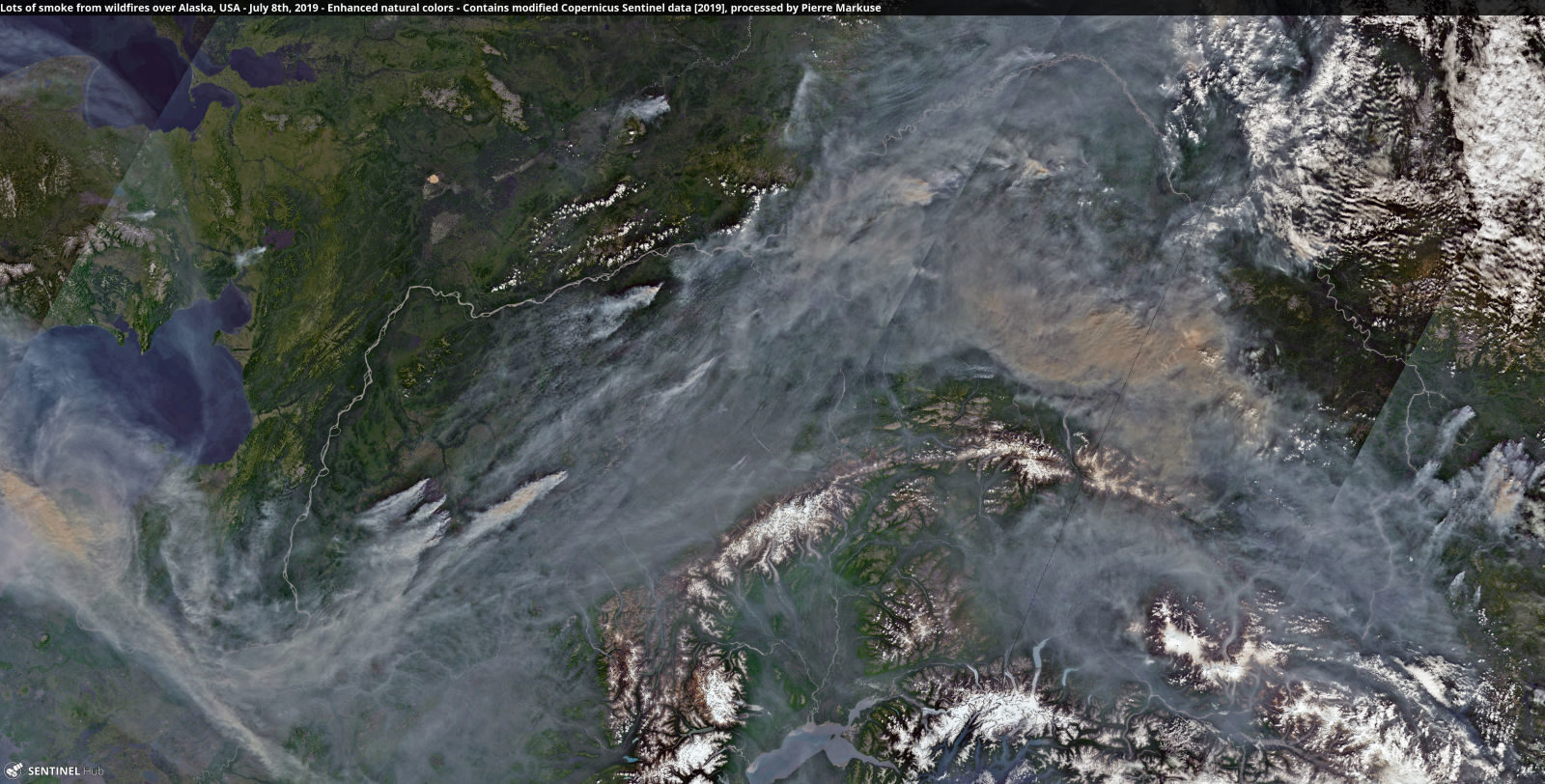
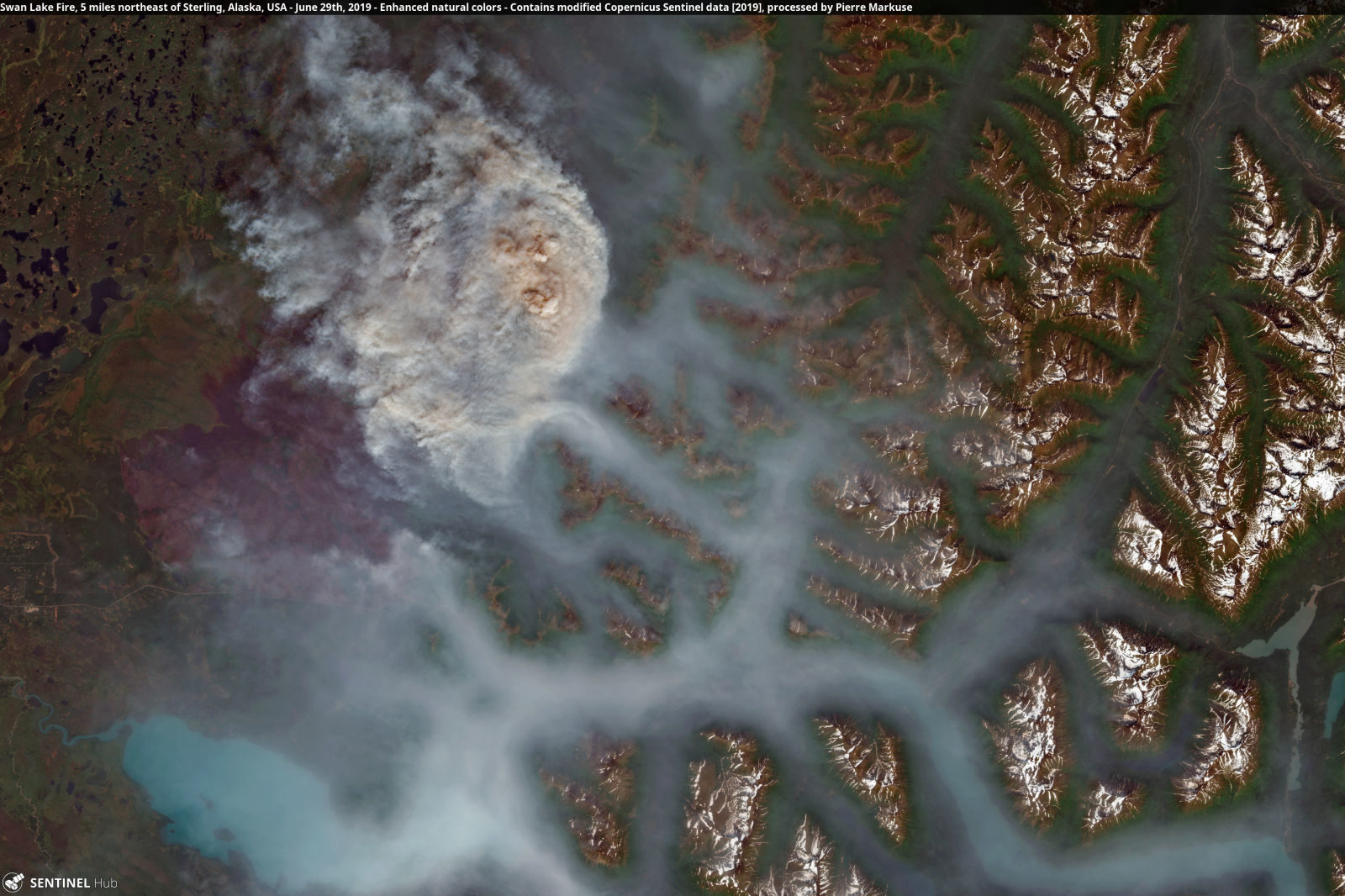
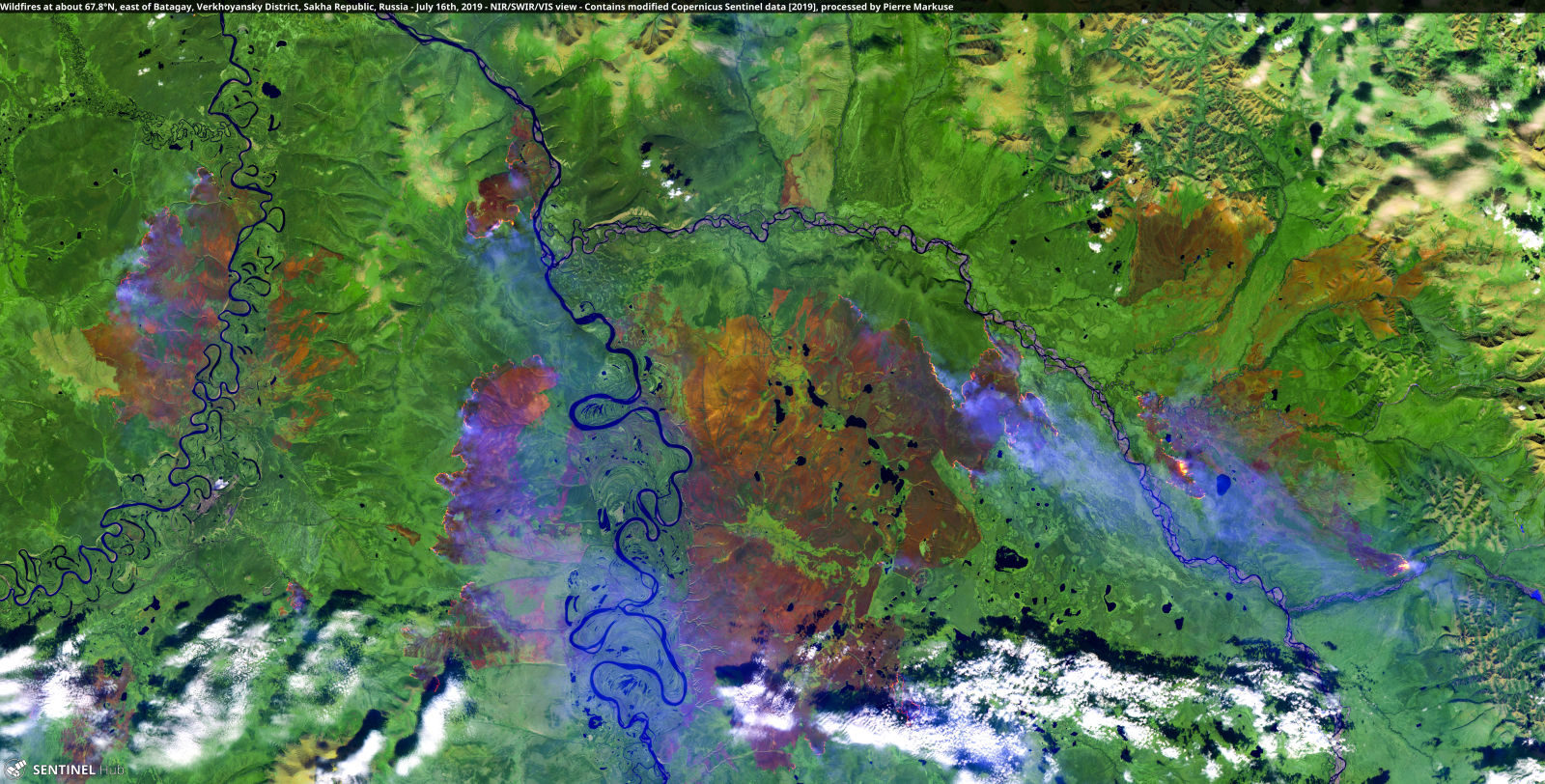
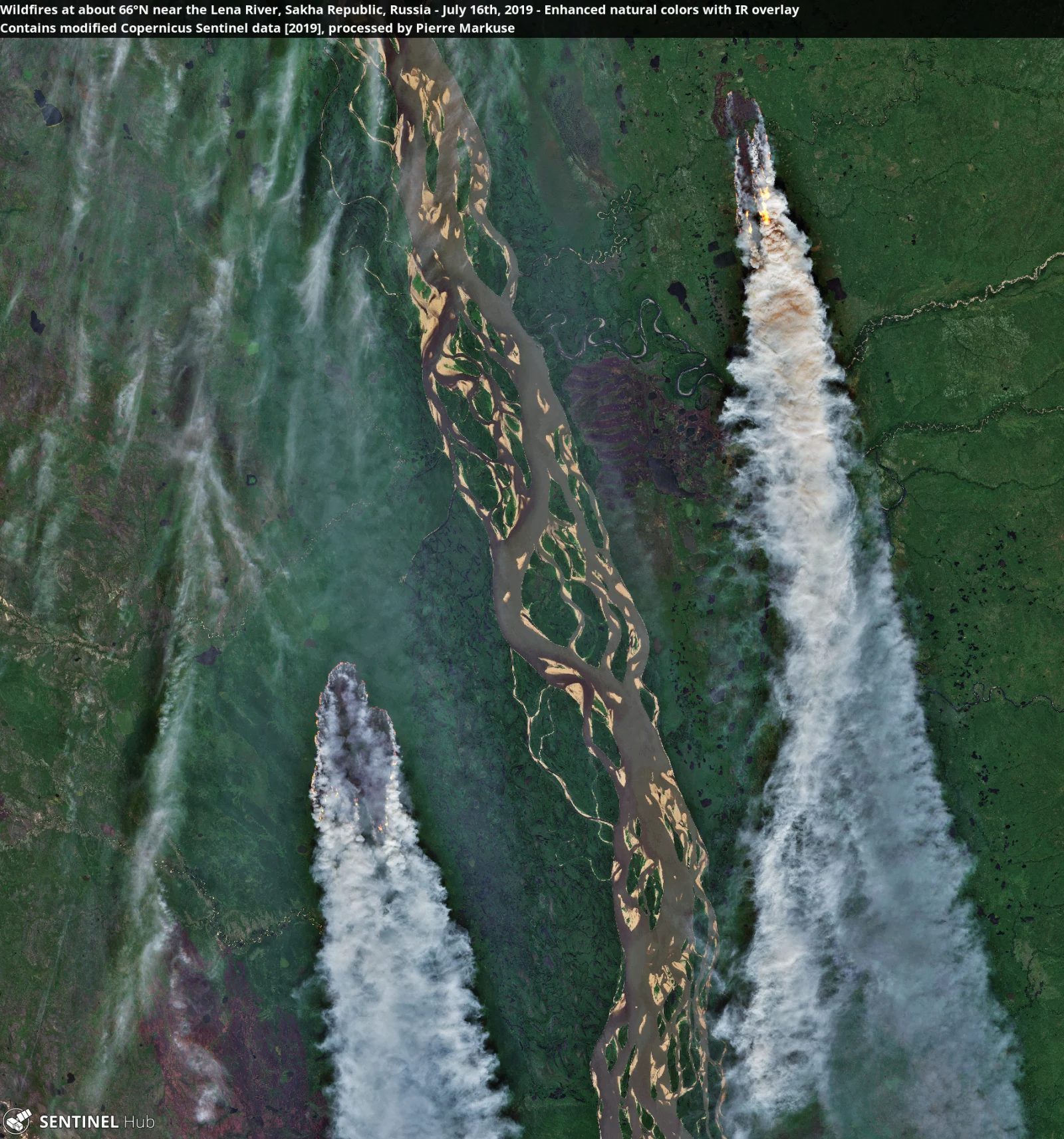
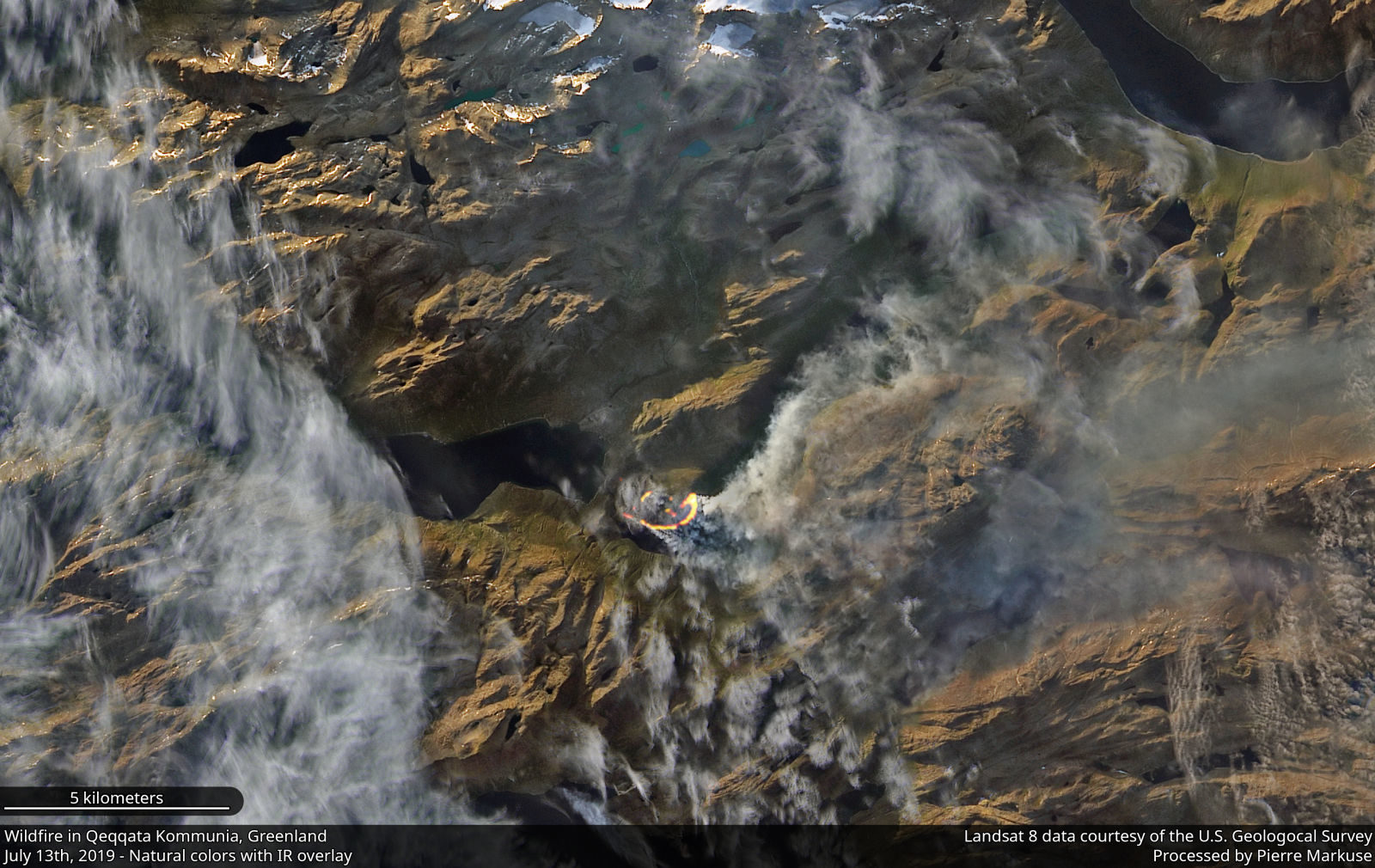



Comment: RT reports on the current situation in Siberia: If there was any merit to global warming due to carbon emissions then the rise in volcanic activity would be much more of a concern. However, by all measures, our planet, overall, is cooling - with cold records being broken all the time, and in both hemispheres. And so these wildfires, heatwaves and droughts are simply one aspect of the extreme fluctuations that occur as our planet continues on into an unsettled period where lower temperatures will soon dominate.
See also:
- Professor Valentina Zharkova explains and confirms why a "Super" Grand Solar Minimum is upon us
- Europe's record breaking warm winter leads to unprecedented wildfires
- Colder summers killing Antarctica's moss forests
- Erratic seasons and extreme weather devastating crops around the world
- SOTT Exclusive: The growing threat of underground fires and explosions
For more on what's occurring on our planet, check out SOTT radio's: Behind the Headlines: Earth changes in an electric universe: Is climate change really man-made?SOTT is also tracking these shifts in a monthly documentary: SOTT Earth Changes Summary - June 2019: Extreme Weather, Planetary Upheaval, Meteor Fireballs